Designers reveal the one object they can't live without
Pro designers reveal the cherished tools, quirky treasures and everyday essentials that fuel their best work.
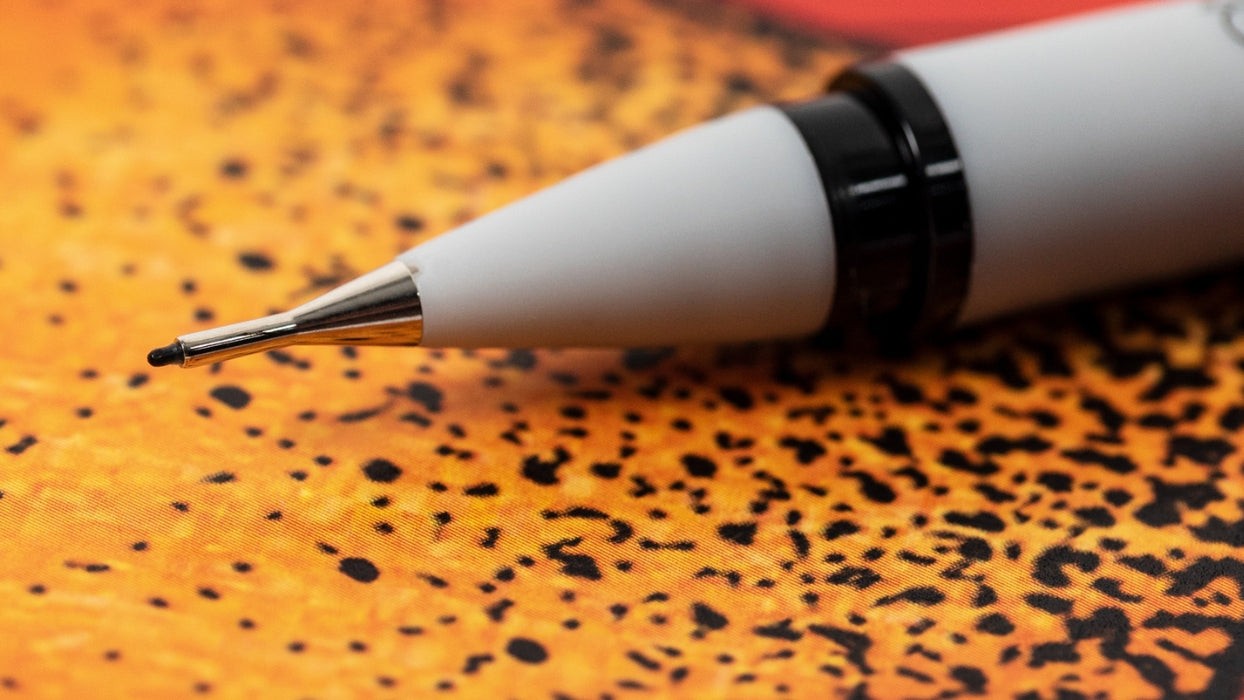
Every designer has that one object. It's the thing they reach for first thing in the morning, the tool that sits permanently within arm's reach, the item that would genuinely derail their working day if it went missing. It might be beautifully crafted, ridiculously practical, or simply imbued with personal meaning. But whatever it is, they can't imagine working without it.
I asked a selection of designers to share the single object they depend on most. And their choices reveal something fascinating about the creative process itself.
Because lest we forget, inspiration and productivity don't just come from expensive equipment or the latest technology, but from the personal rituals, tactile pleasures and carefully chosen tools that make each designer's practice uniquely their own.
Read on to discover some of the objects that inspire your fellow designers on a day-to-day basis. And for more product inspiration, check out these everyday objects that are actually design masterpieces.
01. Eames lounge chair
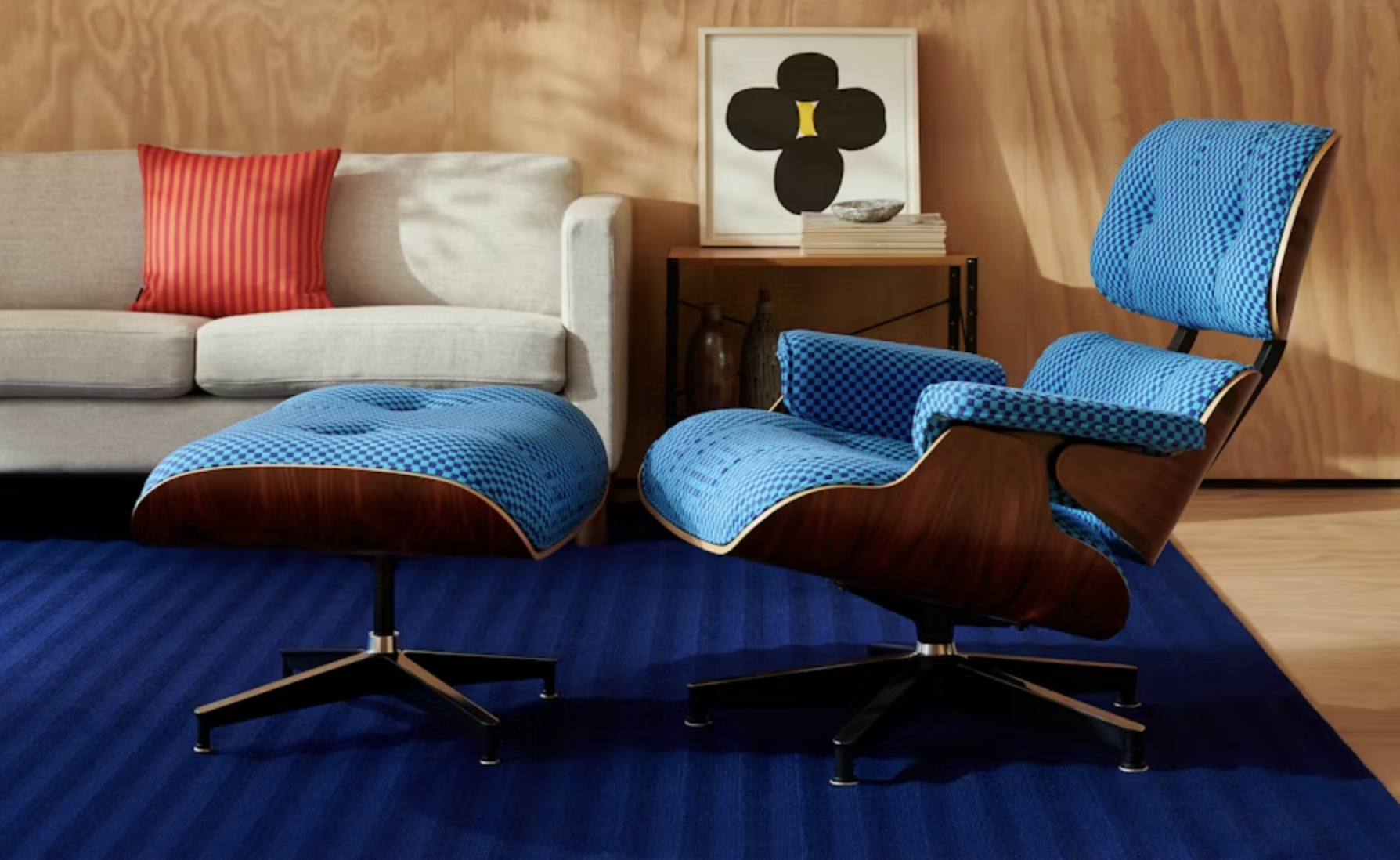
Stuart Murray, founder and senior designer at Retrovintage, doesn't mess about when it comes to seating. His choice is the iconic Eames lounge chair, that leather-and-plywood masterpiece that's graced countless living rooms since Charles and Ray Eames first designed it in 1956.
"It's one of those rare pieces that's both sculptural and supremely comfortable," Stuart explains. "The proportions are generous, the tilt is just right, and it anchors a room. It has a presence where the whole space feels more put together around it."
What makes it indispensable for Stuart is its timelessness. "Decades on, it still feels effortlessly stylish, which is why even today it's seen as an essential piece in any living space," he notes. And in true democratic spirit, Stuart adds: "If the original is out of reach, there are plenty of good-quality dupes that capture the same look and comfort."
Daily design news, reviews, how-tos and more, as picked by the editors.
02. Classic Moleskine notebook
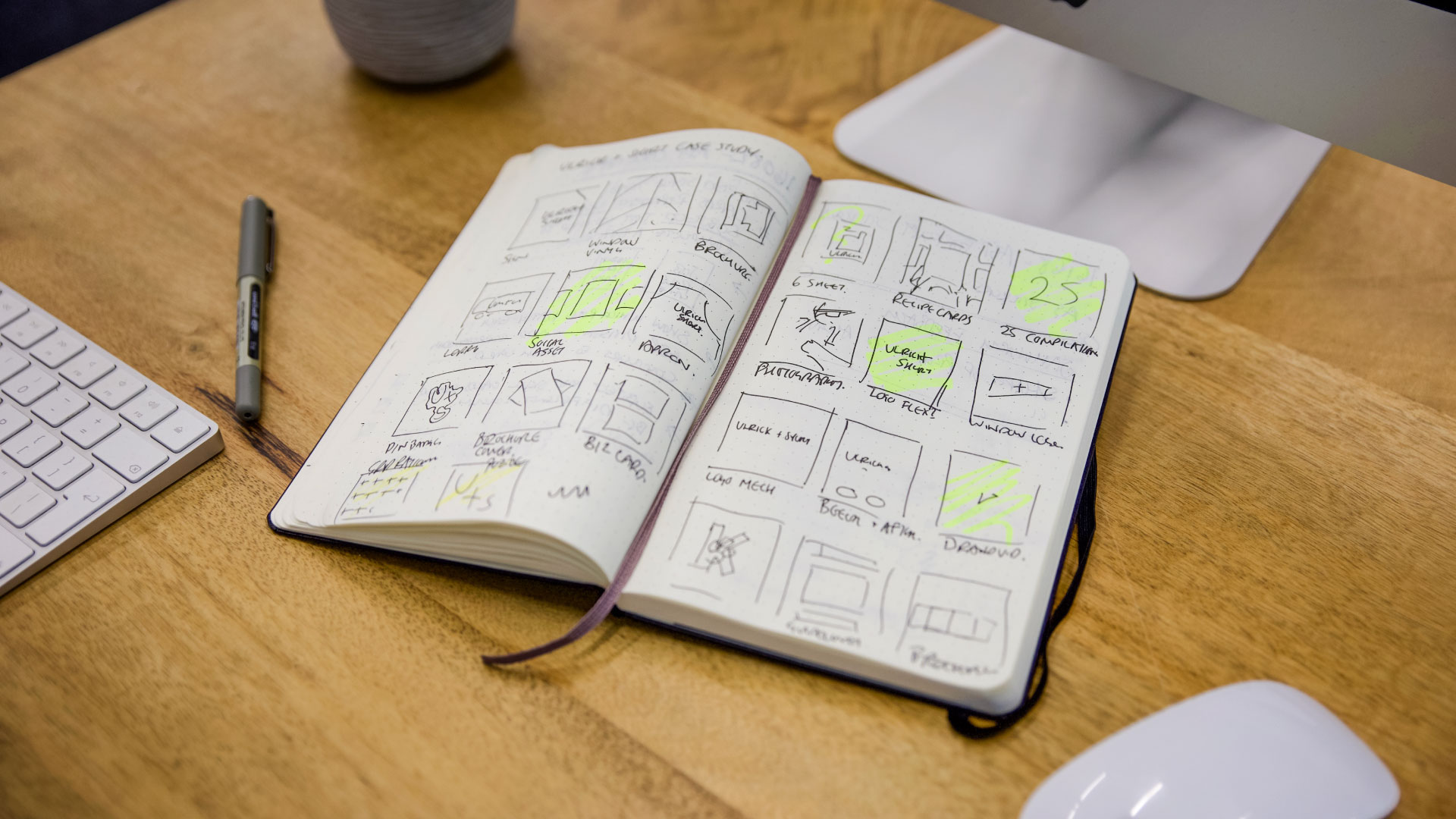
Mike Goldsworthy, creative lead at ilk Agency, describes his Moleskine notebook in terms that elevate it far beyond mere stationery.
"My Moleskine is not just a notebook, it is the back-up hard drive for my brain," he explains. "A place to log ideas, capture the details of complex briefs and unravel the tangled mess my brain often becomes."
The Moleskine has achieved cult status among creatives, partly due to its marketing linking it to historical luminaries like Hemingway and Picasso. But on a more fundamental level, its appeal is simpler: it's a dependable vessel for the chaotic, non-linear thinking that characterises creative work.
03. Oasis mug
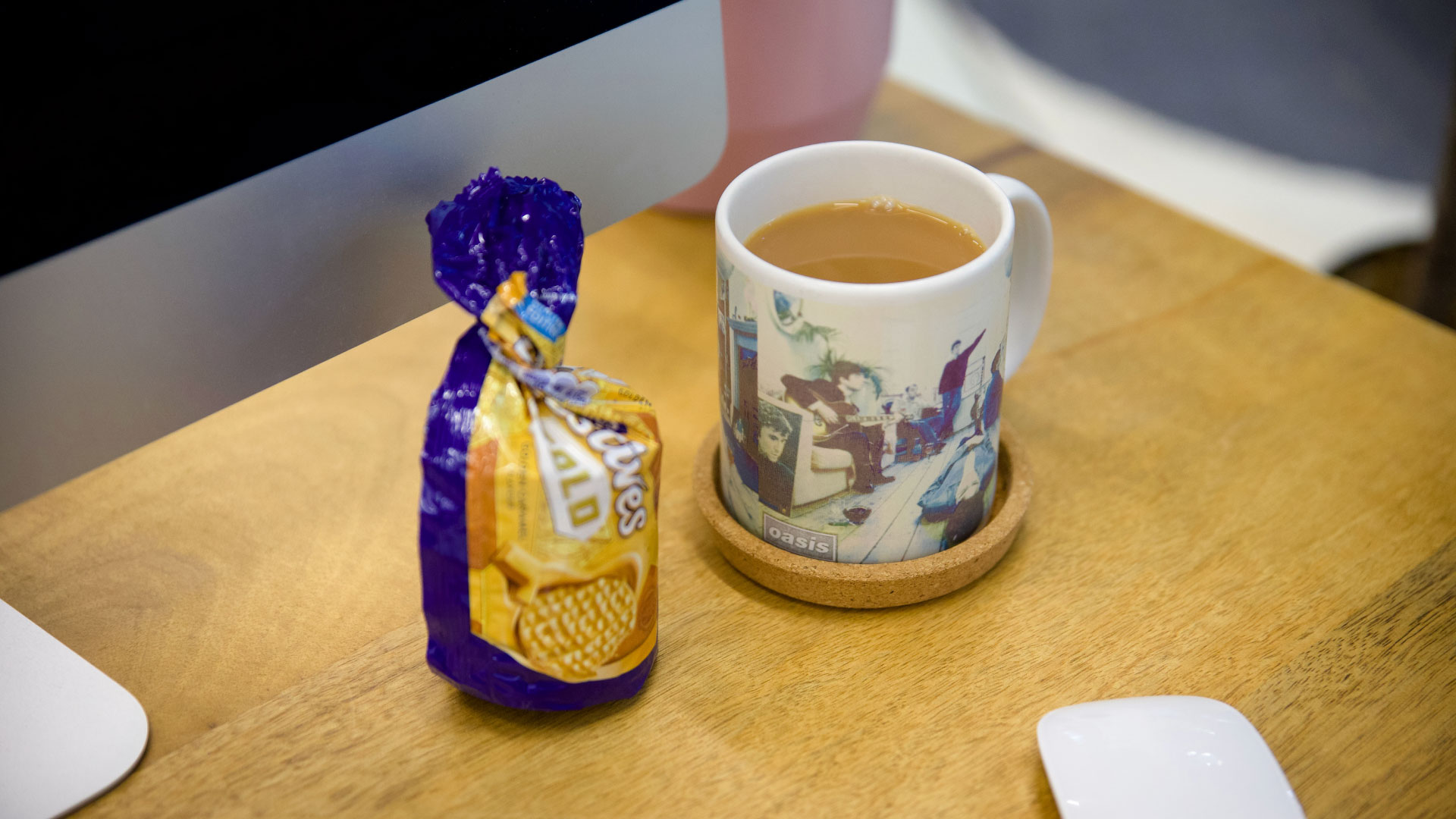
It's not just expensive, luxury objects that inspire devotion in designers. Stew Williams, design director at ilk Agency, has chosen something wonderfully straightforward: his battered Oasis 'Definitely Maybe' mug.
"I need a steady supply of brews to keep me running at full capacity throughout the day," he notes. "And judging by the well-worn state of my mug, it's clear it's been through years of heavy use."
There's something inspired about this choice. It highlights that sometimes the object you can't live without isn't about award-winning design excellence; it's simply the thing that delivers caffeine reliably whilst also expressing a bit of your personality. That Britpop nostalgia is just a bonus.
04. EMSHOI A5 notebook
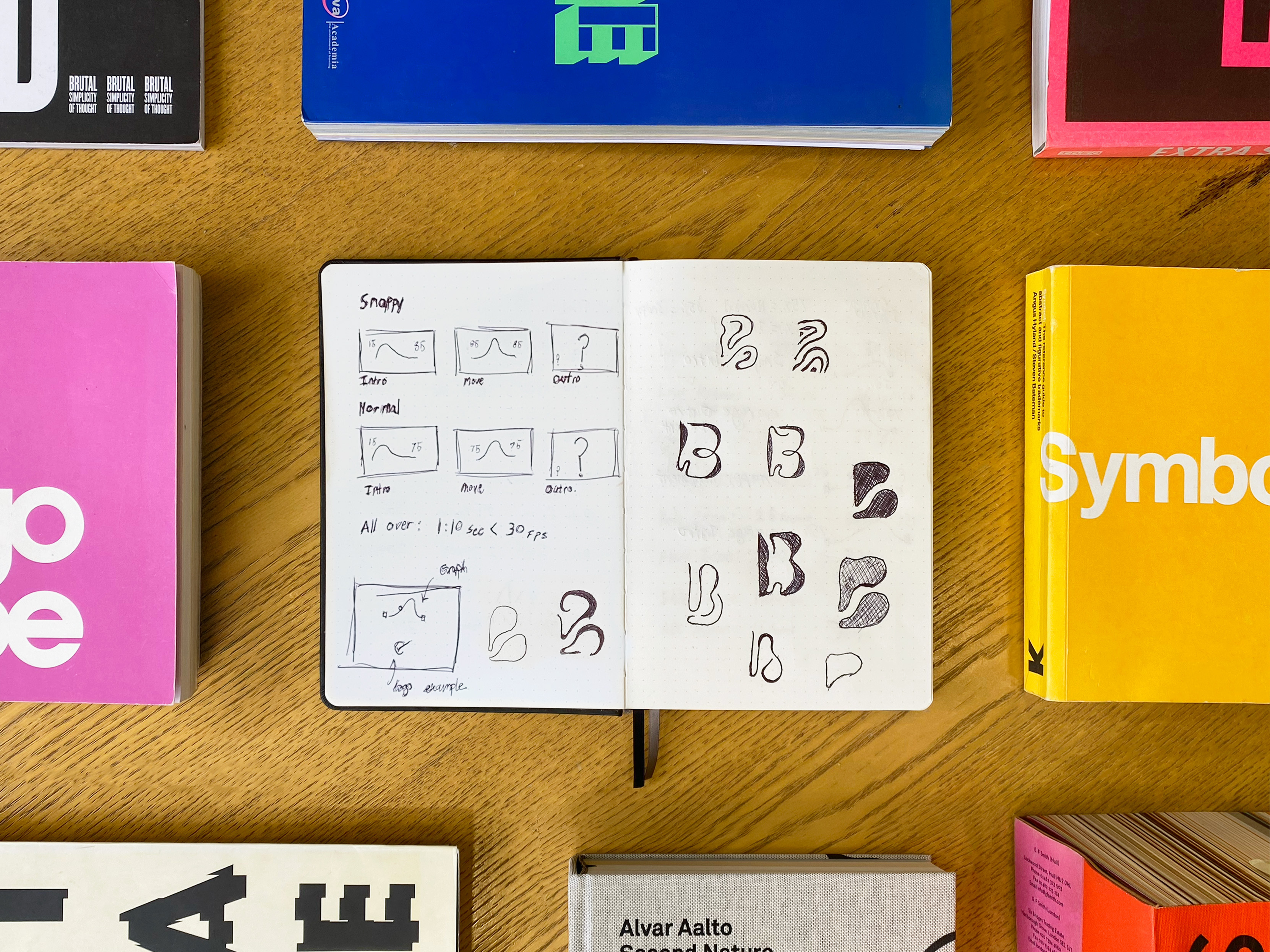
Conrad Wells, junior designer at Re (part of M&C Saatchi Consulting), went on an epic quest to find his perfect notebook. Five years and twenty different brands later, he discovered the EMSHOI A5.
"I began with the big hitters: Moleskine and Leuchtturm, before working my way through stacks of anonymous bookshop brands," he recalls. "None stuck. Too flimsy. Too large. Too precious to scribble in."
His non-negotiables? Faint dotted grids for structure, thick paper to prevent bleed-through, generous page count, and that crucial pen holder. "Eventually, I came across the one. The flawless, dependable, A5-dotted, hardback, thick-stock, pen-holding EMSHOI A5. I'm now on my fifth." Conrad's only worry? "One day, it'll vanish from the shelves, and I'll have to start the search again." Every designer's nightmare.
05. Winsor & Newton fineliner
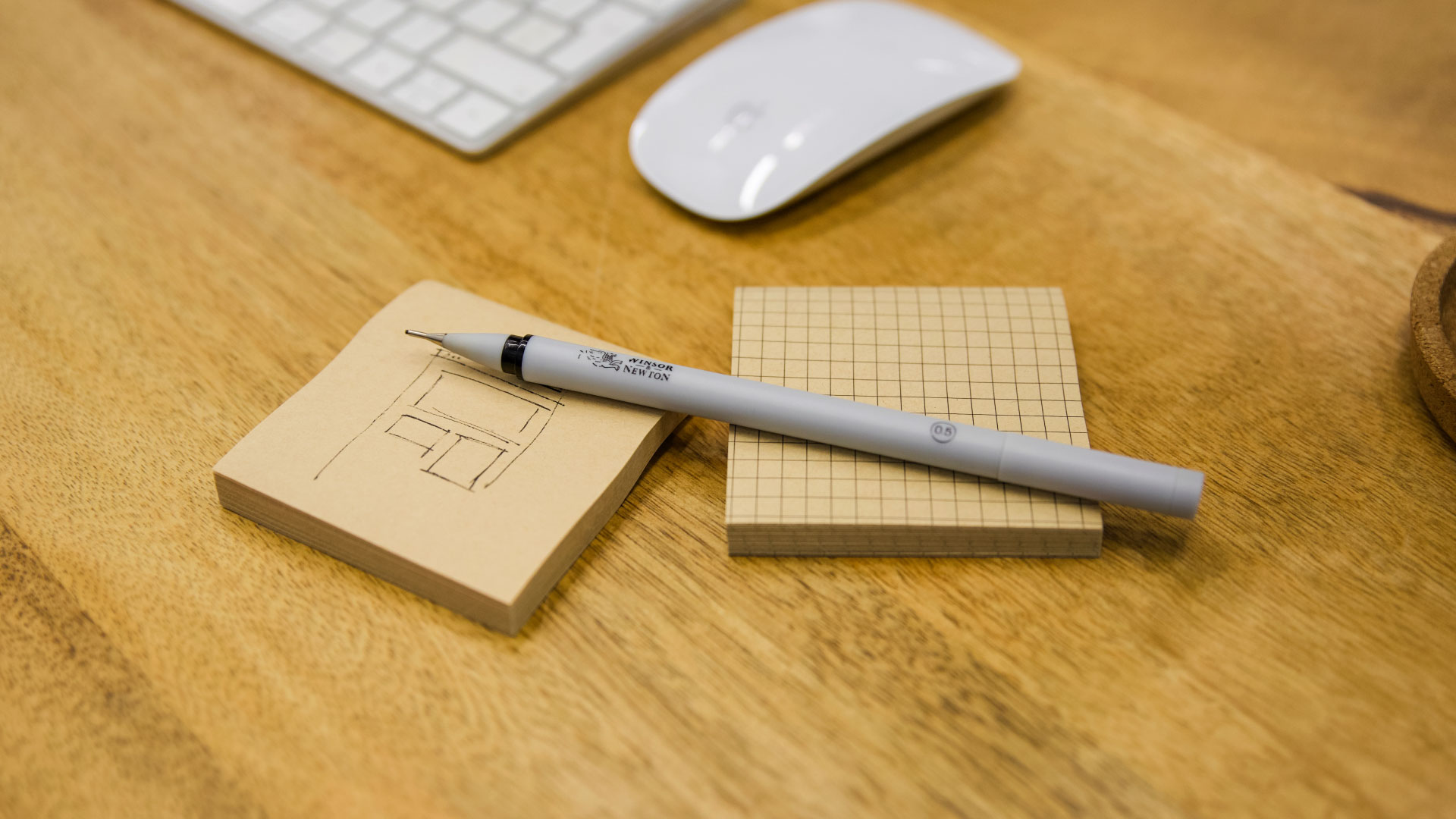
Sometimes the simplest tools are the most essential. Ruth Fogden, senior designer at ilk Agency, swears by her Winsor & Newton fineliner, though she's quick to point out that other quality brands work just as well.
"I always need a pen to hand for jotting down quick notes or doing a quick sketch to help ideas come to life," she explains. It's the classic designer's companion: always ready, never fussy, perfectly reliable.
In an age of digital tablets and styluses, there's something refreshingly direct about putting ink to paper. No software crashes, no battery anxiety—just immediate, tactile mark-making that connects hand to brain without intermediary.
06. Caran d'Ache mechanical pencil
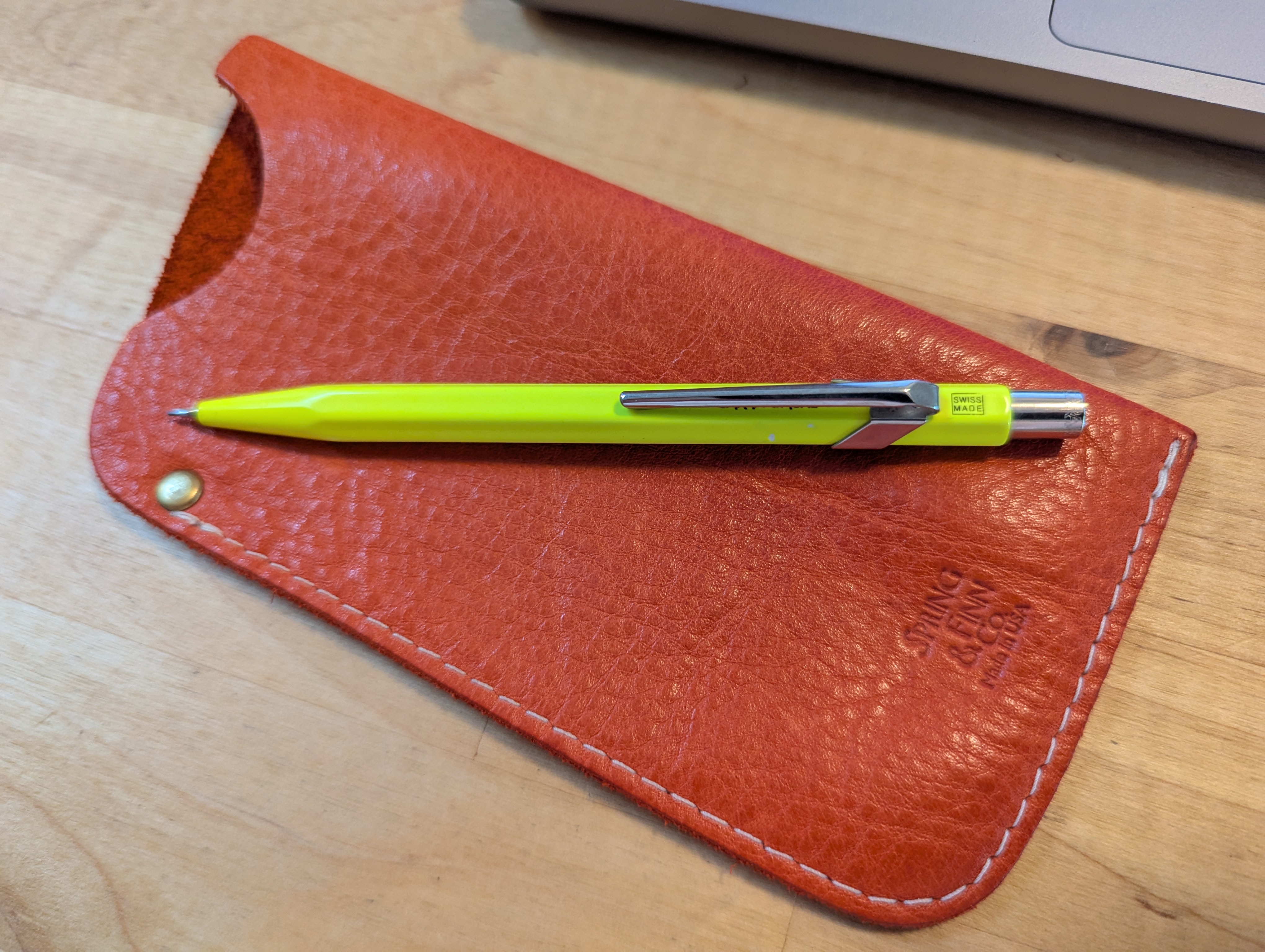
Brad Scott, principal at Applied Design, treasures above all his Caran d'Ache mechanical pencil; a gift from his wife that upgraded him from a humble Bic. "The colour is incredible. The weight is perfect. It makes me smile, and looking at it helps to clear my head when I sit down to work," he says.
But why pencils at all, in the digital age? Brad's answer gets to the heart of the creative process: "Design is messy, and I don't ever want to feel that I can't erase something and just move on."
It's a profound point. Pencils embody the iterative nature of design; the understanding that first attempts are meant to be provisional, that good work emerges through revision, and that the ability to change your mind isn't weakness but wisdom. Swiss engineering meets philosophical flexibility, all in one perfectly weighted writing instrument.
07. Noise-cancelling headphones
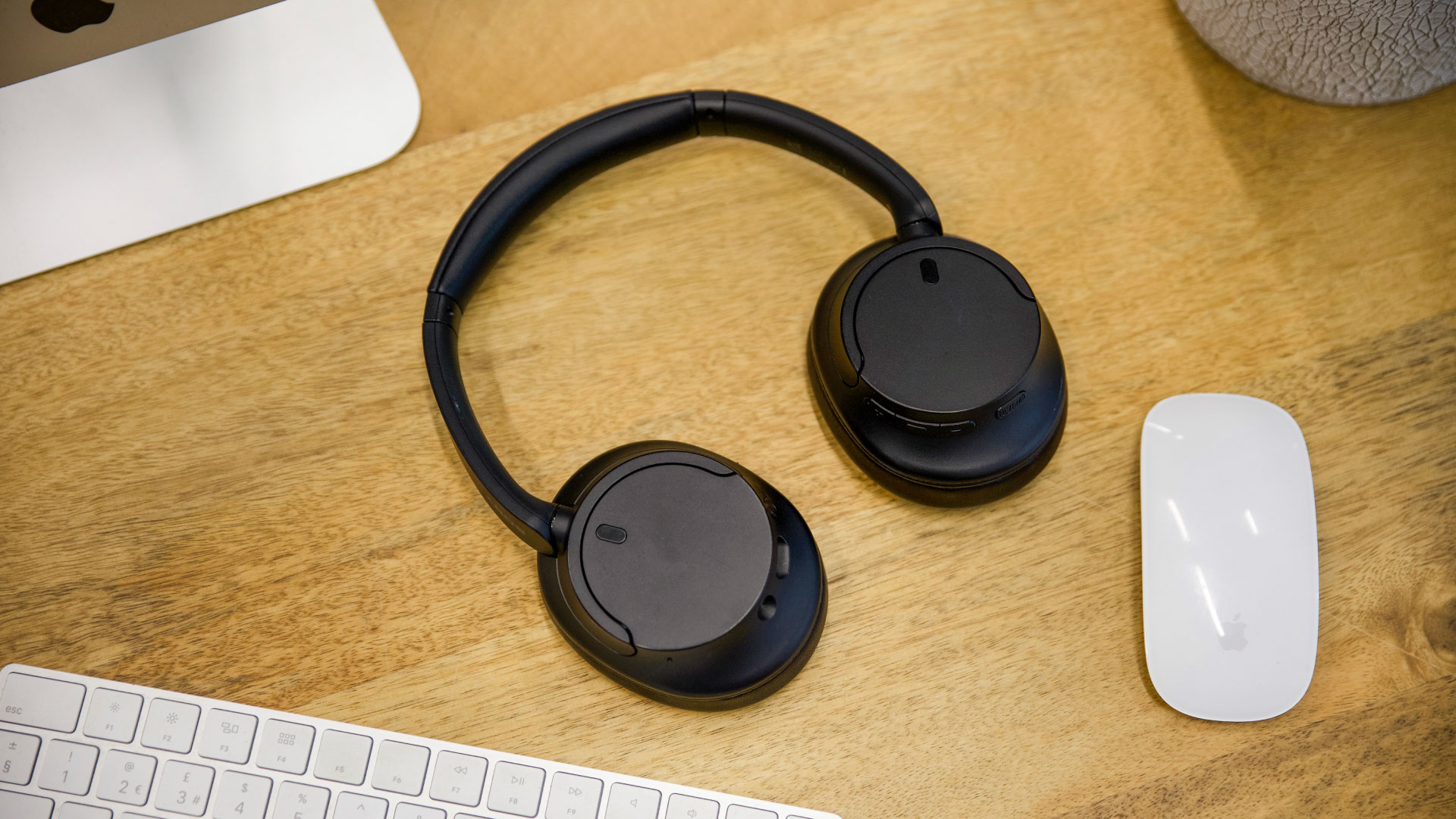
Ben Gardner, creative production lead at ilk Agency, champions a more modern essential: noise-cancelling headphones. And he's admirably honest about why.
"I'm sure I'd still be able to live without noise cancellation, but I'd be lying if I said it wasn't heavenly to block out Sabrina Carpenter from the office speakers whilst working to a tight deadline."
Personally, I couldn't disagree more about Sabrina, but his broader point is well made. And this serves as a perfect example of how design tools aren't always about creation; sometimes they're about creating the conditions for creation. In busy agency environments, the ability to carve out acoustic space can be the difference between focused flow and frustrated distraction.
- Looking for noise-cancellation? We love the Nothing Headphone (1)
08. 130 Alphabets & Other Signs
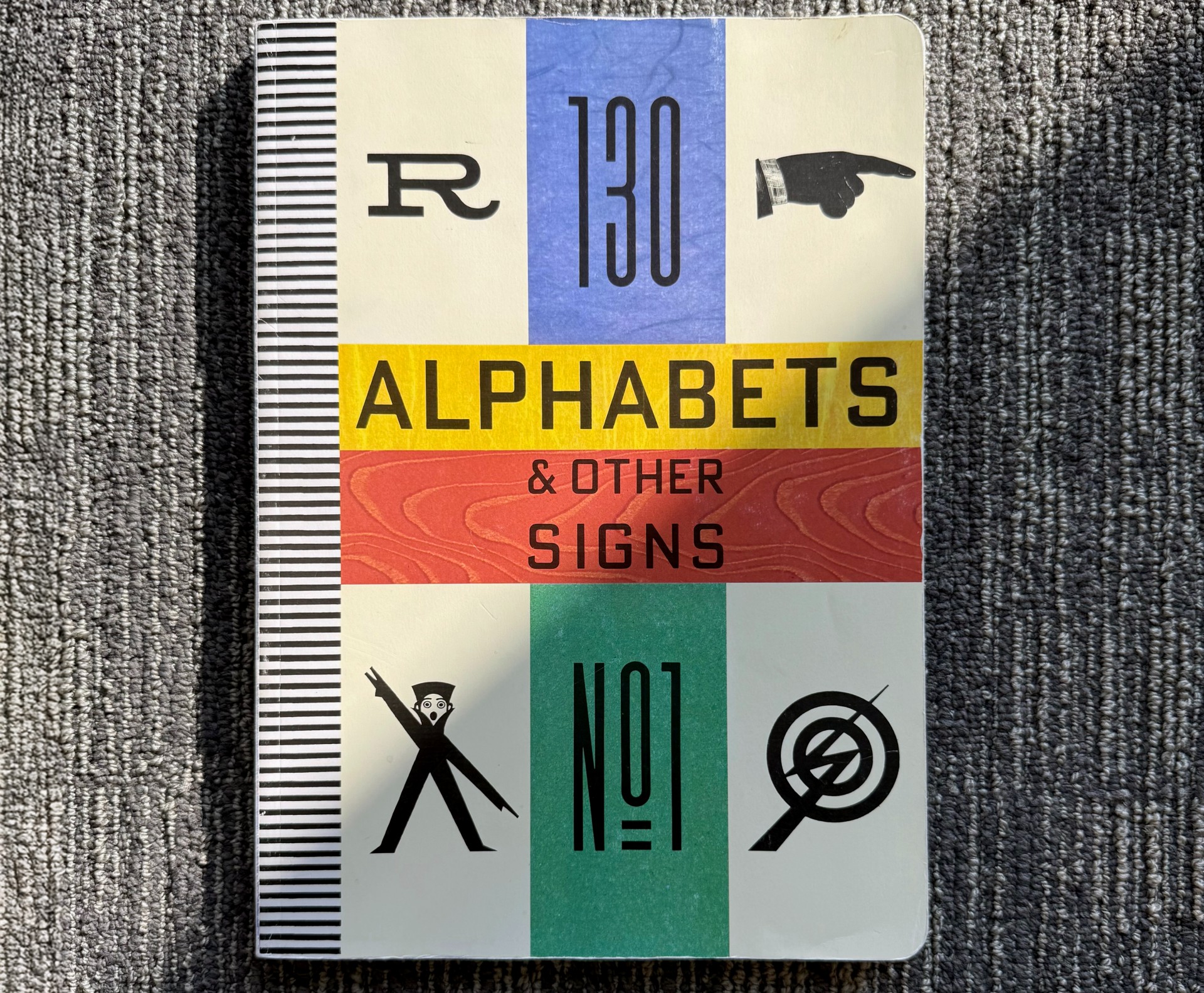
Roy Burns III, design director at Lewis Communications, has a well-worn secret weapon: his 1995 copy of 130 Alphabets & Other Signs by Julien Rothenstein and Mel Gooding, published by Shambhala in Boston. "If there's one throughline in nearly everything I've ever worked on, it's this book," he explains. Introduced to him by his old boss, mentor and friend Clif Stoltze, it's been "an endless source of juice whenever the spigot's run dry."
This beautifully produced type specimen book features rare and unusual alphabets, printers' signs, monograms, logos and trademarks from the late nineteenth and early twentieth centuries. But as Roy is quick to clarify: "Make no mistake, this is no clip-art compendium. Rothenstein and Gooding have clearly curated and assembled these examples to inform, inspire, and delight."
What keeps him returning to it? "From the precisely honed to the impishly unprecious, there's a contagious, enthusiastic point of view here. And I still can't get enough!" Roy owns every iteration and update, but that first edition remains his constant companion—proof that sometimes the best design tool is simply a brilliant collection of other people's brilliant work.
09. Moleskine Cahier XL plain journal
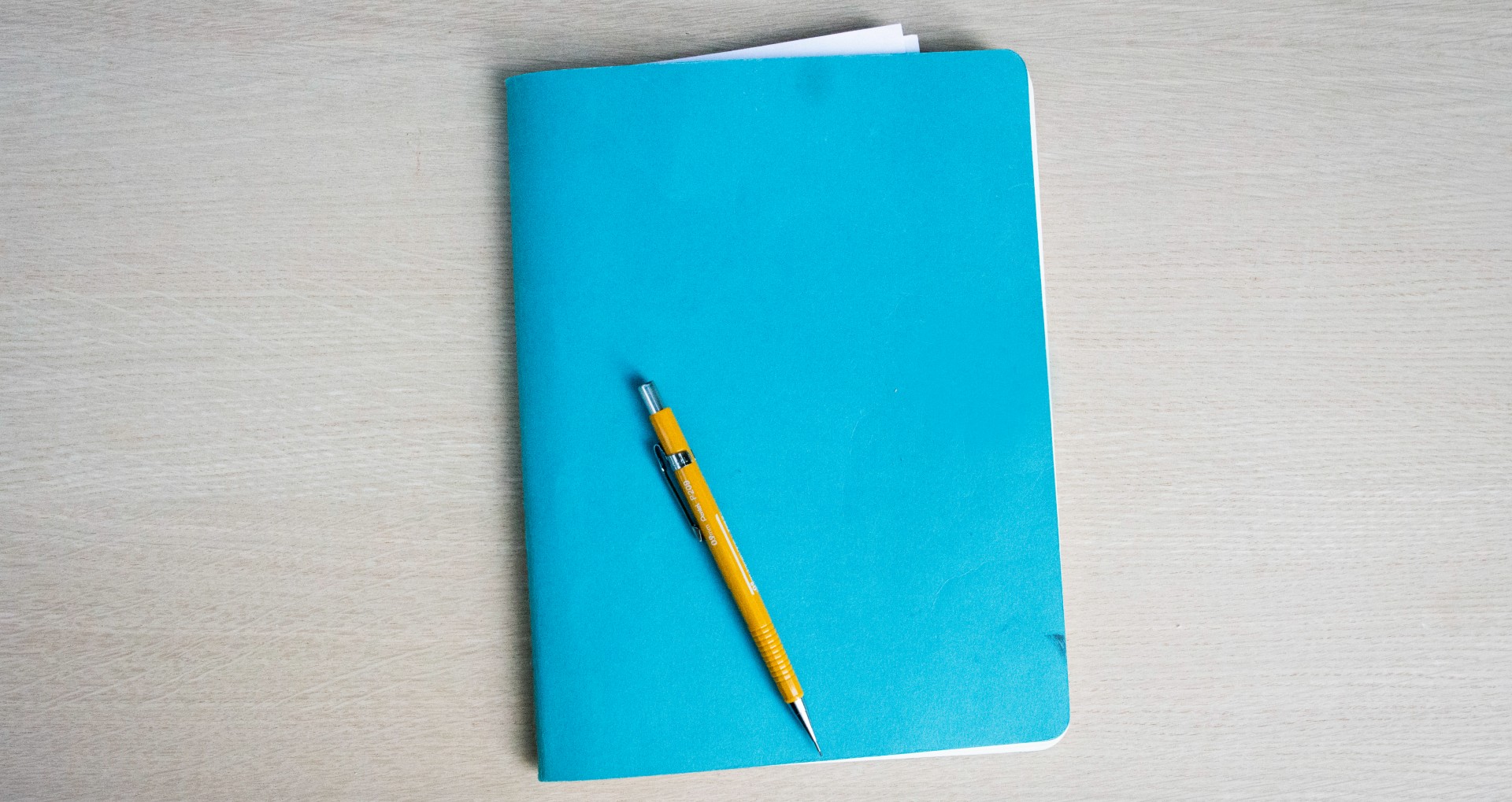
Geoff Johnson, senior designer at Lewis Communications, adores Moleskine's Cahier XL Plain Journal, and he's been loyal for years. "The paper and proportions are perfect," he says. "It has enough space that I can express my ideas clearly on paper and the cover is cardstock; reminding me that none of my ideas are too precious."
That cardstock cover is key. Unlike the hardback classics, it signals permission to experiment, to scribble, to fail. "I've tried other look-alike journals, but they aren't the same and I end up right back with the trusty Cahier XL." And here's the punchline: "One day I will die and my children are going to have to go through closets of my old Moleskines. I feel sorry for them, but not sorry enough to quit buying them."
Lessons to learn
What connects a mid-century chair, a mug commemorating a 1990s album, a Swiss mechanical pencil and a treasured type specimen book? They're all deeply personal choices that reflect how individual designers create the conditions for their best work; whether that's physical comfort, caffeine delivery, reliable tools or historical inspiration.
In the end, the objects designers can’t live without aren’t just “things”: they’re extensions of their process, their personality and even theirsanity. A chair isn’t just a chair; it’s a space to think. A mug isn’t just crockery; it’s fuel for ideas. A notebook isn’t just paper; it’s a safety net for a restless brain.
And that’s the point. Creativity isn’t powered solely by cutting-edge tech or rarefied inspiration, but by the humble, familiar objects that quietly support the work every day. Strip them away, and the ideas might still come... but less comfortably, less joyfully, and probably with a lot more swearing.

Tom May is an award-winning journalist and author specialising in design, photography and technology. His latest book, The 50th Greatest Designers, was released in June 2025. He's also author of the Amazon #1 bestseller Great TED Talks: Creativity, published by Pavilion Books, Tom was previously editor of Professional Photography magazine, associate editor at Creative Bloq, and deputy editor at net magazine.
You must confirm your public display name before commenting
Please logout and then login again, you will then be prompted to enter your display name.
